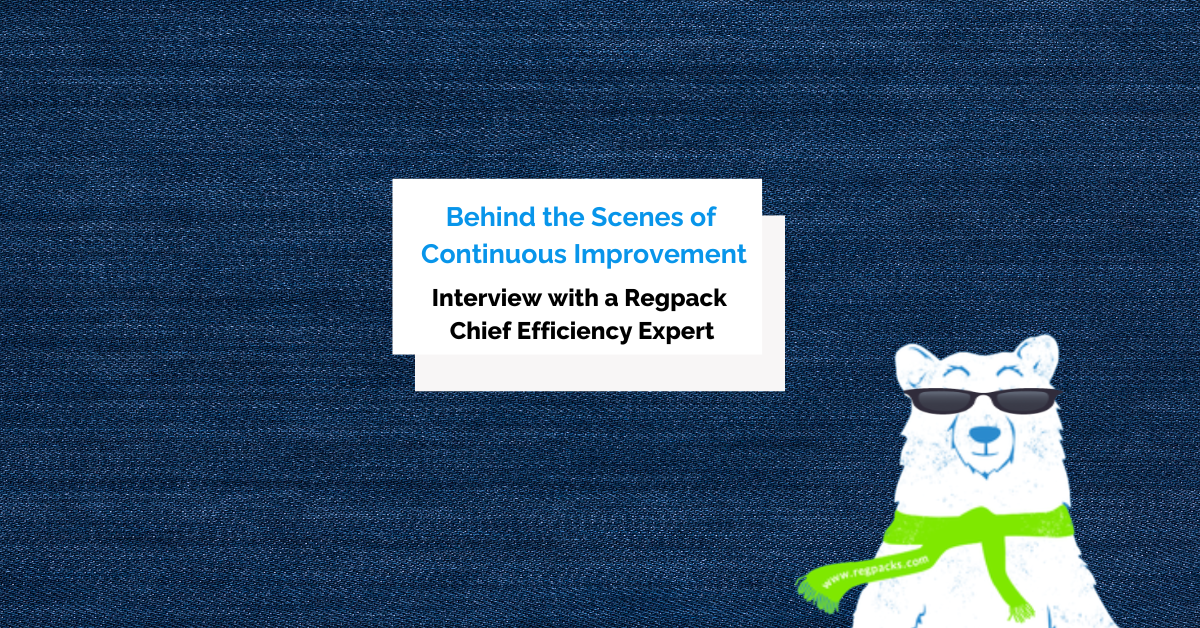Any teacher can tell you that working with children is a challenging job. However, running a program focused on working with children can be even more challenging.
Think about it.
The first thing to do is to get parents to sign up. When they do, you need to ensure you can provide qualified staff to educate the children in an effective and entertaining way.
That way, you’re practically guaranteed satisfied, engaged students.
Still, you need to regularly inform parents of their children’s progress. And all of this while trying to come up with new ways to keep the after-school program afloat financially.
To help you keep everything under control, in this article, we share seven simple tips for managing your after-school program.
These will help you refine your management strategy and allow you to work less and produce better results.
- Make It Easy to Register for the Program
- Automate Your Payment Process
- Streamline Communication With Parents
- Respond to Your Community’s Needs
- Invest in Your Staff’s Professional Development
- Fundraise to Support Your Program
- Use Reports to Make Data-Driven Decisions
- Conclusion
Make It Easy to Register for the Program
The first step in managing your after-school program is to make registration easy.
Parents with young children usually have busy schedules and deal with stressful situations at home as well as at work on a daily basis.
In many cases, part of the reason they are searching for an after-school program is to lift some of that weight off their soldiers.
Therefore, if you want them to decide to enroll their children in your program, you need to provide them with a stress-free experience, starting with the registration process.
Redirecting to external sites, filling countless forms and staring at loading screens could frustrate parents into giving up halfway.
They already have enough issues to deal with. Unnecessary complications—all while they are trying to pay you—are not something they’re likely to be willing to tolerate.
To make registration simpler and help parents, try using an online registration service like Regpack.
It is packed with just the right tools that make registering for your after-school program fast and effortless.
One of them is providing a customized registration form on your website. 
Source: Regpack
And you can do it in just three simple steps.
First, request a demo and sign up.
Next, create a custom registration form.
Finally, copy the code and embed it into your website.
And voila! Your website now has a user-friendly registration form. One that runs smoothly, without confusing redirections, redundant questions and extended wait times.
All in all, streamlining your registration will alleviate the parents’ potential frustrations with the procedure, lead to more conversions and set you on a positive path forward.
Automate Your Payment Process
Automating your payment process is an aspect of after-school program management that goes hand-in-hand with our previous advice.
We’ve already explained how an effortless registration experience motivates parents to give your program a try.
Replacing manual payments with an automated system extends similar benefits, which will just further the parents’ conviction to stay with your program.
The numbers confirm this as well. Customers that recently started using the service reported a whopping 35% increase in their payment rates.
With that in mind, the internal benefits of this approach are just as dramatic.
By automating the payment process, you won’t have to waste precious time collecting payments from each of the parents.
Or check accounts transaction by transaction to verify every single payment is accounted for.
This will free up your time to focus on other areas of the program that scream for managerial attention.
Finding long-term solutions to these issues one by one will incrementally improve your management strategy.
To that point, Regpack offers a long-term solution for payments. It has a number of billing features you can customize to get exactly the service you imagined.

Source: Regpack
You can make and manage automatic payment plans and schedules, and collect and store payment details. For an after-school program, this is a game changer.
And for outliers, there’s also an option for making customized recurring payment plans.
In conclusion, automating payments for your after-school program will make the process easier for both you and the parents, making it a useful addition to your management toolbox.
Streamline Communication With Parents
Another helpful suggestion for managing your after-school program is to streamline communication with parents.
Ultimately, for an after-school program to be successful, it is important to keep the parents happy.
For that to be the case, the program needs to provide a positive and safe environment for the children—and the parents need to feel involved in their children’s activities.
In other words, you need to keep them in the loop!
This means regularly informing them of the developments in the program, their children’s progress, and special program-related events.
This way, they will have to spend less time agonizing about how their children are doing in your care. Moreover, it will increase their trust in the program and lead to longer-lasting relationships.
To make communication with parents faster and simpler, you should try utilizing email.
Nowadays, most email providers have a built-in, easy-to-use template system.
You can usually create separate templates for different student groups, send group or individual emails and schedule sending for specific times and dates.
Managing your email communication can also be done with Regpack.
It has the features of traditional email providers, with added functionality catering to registration-based events and programs.
Overall, good advice for after-school program managers includes streamlining communication with parents because it raises trust and credibility for the program.
Respond to Your Community’s Needs
A great way to manage an after-school program is to respond to your community’s needs.
Every community is different, and changes over time. A large part of the changes is fluctuating demographics, as people grow up and move around.
But an even bigger one is the evolving social landscape, which continually shapes people’s attitudes about heated societal questions.
Education is no exception.
For example, The Afterschool Alliance published a research report which found that 19% more parents prioritized STEM learning opportunities in 2020 than in 2014.
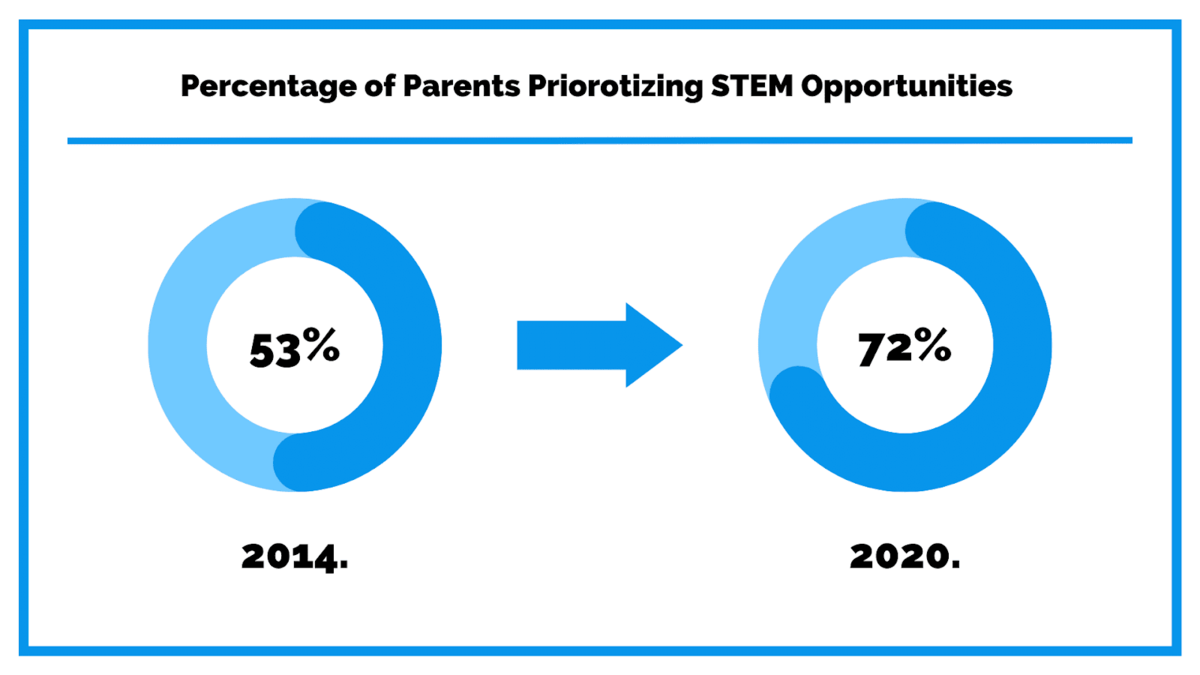
Source: The Afterschool Alliance
That is a significant change in attitude. For after-school program managers, it is a noteworthy factor in choosing the right curriculum.
So, to keep a high level of interest in your program and maintain steady enrollment, you need to tap into the local parents’ wants and needs.
The best way to achieve this is to make a thorough needs assessment of the community.
This is basically a survey that combines questions about social, familial, and economic conditions with ones about local after-school programming.
If you need a hand, you can use one of many readily available templates online, like this one from Jotfom.
In the end, managing an after-school program means responding to the changing needs of the community, which you can discover using a simple survey.
Invest in Your Staff’s Professional Development
Educators are the backbone of an after-school program. They are the ones at the front end, giving their best to teach and entertain children, and fulfilling the main purpose of your program.
Therefore, it’s important to invest in their professional development.
Attending a seminar or enrolling in a course will provide your teachers with the opportunity to learn new skills and techniques they can apply in their everyday work.
Education is a rich field of study. Even a short internet search reveals dozens of different approaches to learning techniques, instructional strategies and educational psychology.
The Helpful Professor, a website providing peer-reviewed study guides on higher education, has combined all of these into a list of more than a hundred teaching strategies:
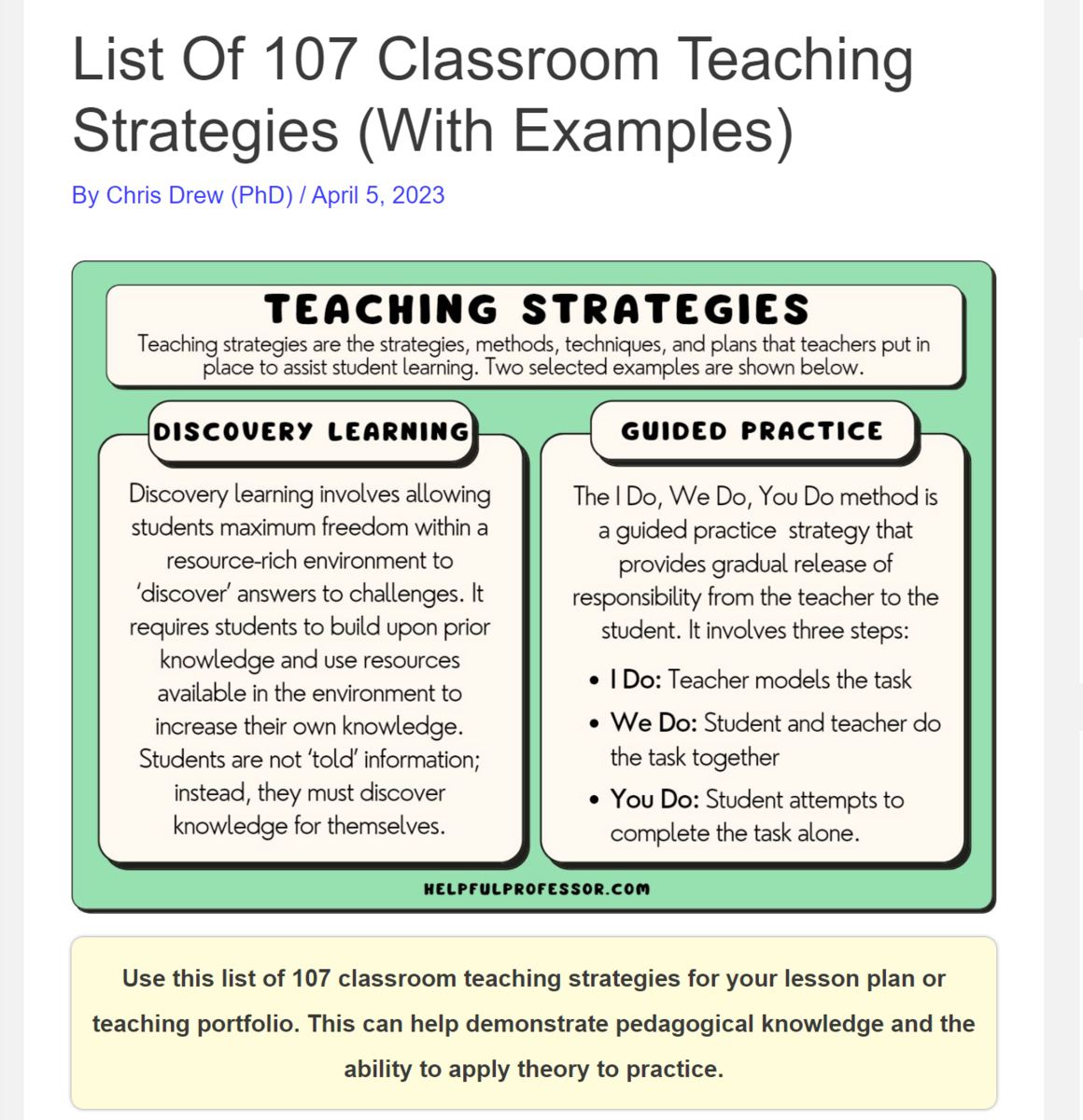
Source: The Helpful Professor
The more insights into these teachers acquire through professional development, the more options they’ll be able to draw from in navigating the classroom.
They will be more likely to find the optimal teaching method for your students, giving your program a more efficient service.
The problem is, as the Southwest Educational Development Laboratory (SEDL) pointed out in their after-school management guide, that during a typical year, less than a third of the staff report receiving any professional development.
One of the deciding factors cited was the lack of money.
To ensure you have the resources you need, start dedicating a part of the budget to training your staff.
Find online resources listing education-related courses and workshops.
For example, PE Central has a large number of affordable online seminars on educational subjects, such as Social Emotional Learning:
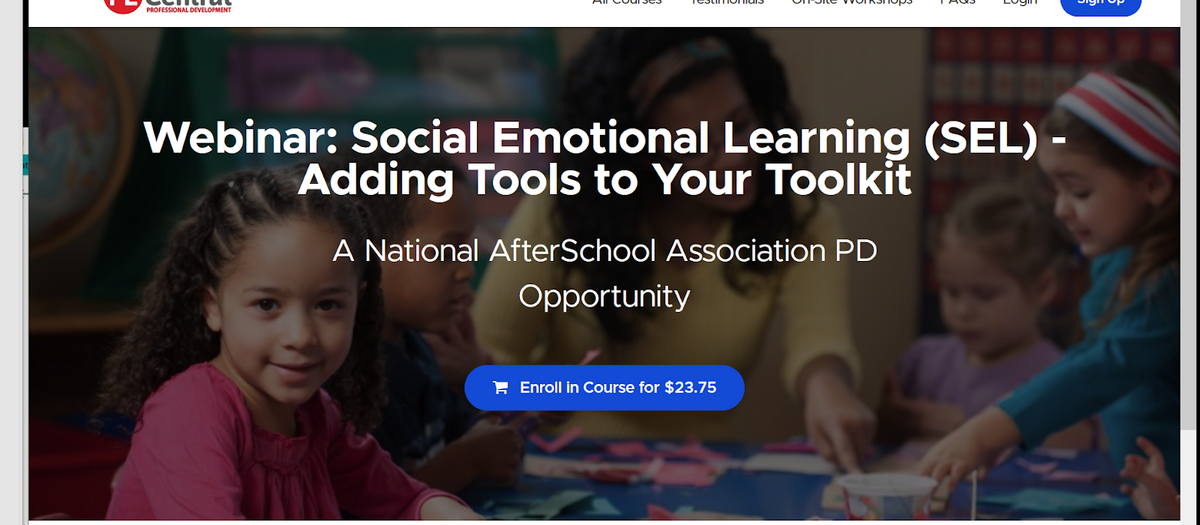
Source: PE Central
So, if you want your teachers to learn about social emotional learning tools this month, you would need to put aside 95$.
Depending on your budget, you can choose more expensive, more comprehensive courses, or search for more affordable (or even free ones) online.
Ultimately, investing in educating the staff will raise the quality and prestige of your service, which is what management is all about.
Fundraise to Support Your Program
If you find your program is entering hard times financially, few management efforts can do more for your program’s health than fundraising.
Fundraising is a tried and true method of getting a sizeable one-time money injection, allowing you to stay operational or invest in development.
It can also help you spread the word about the program.
If you host a successful event that leaves a positive impression on the guests, they are that much more likely to talk to their friends about it or share it on social media.
The problem is, fundraising events are hard to organize. They tend to be elite events held in large venues and catering to sizable crowds.
Whether such an event is a success or a failure depends entirely on your ability to organize it in the right place, market it to reach enough people and execute it to stick the landing.
However, even though old-fashioned gatherings still take place, the spread of online services has made it a lot simpler to host a fundraising event.
For example, you can throw virtual gala fundraisers, social media sharing events, or even a virtual game tournament.
Recently, T-shirt fundraising started gaining popularity, with schools in particular.

Source: Bonfire
As you can see, there really are no limits except your imagination, so don’t be afraid to get creative.
Overall, managing your program includes securing the funds for its continued operation, and one of the best ways to do that is to throw a fundraising event, either online or in person.
Use Reports to Make Data-Driven Decisions
The last after-school management tip we will be focusing on is using reports to make data-driven decisions.
For after-school program managers, sometimes it can be hard to decipher what area of the program to focus on next.
You may perceive an issue with general performance, but the reason behind it is not readily apparent.
Instead of pushing you a step forward, decisions made on incomplete information can have an adverse effect on your after-school program.
By having a measurable way to track performance, you can analyze the numbers and make data-driven, scientifically sound steps toward improvement.
Like everything, analysis and reporting can be done manually, but it is a time-consuming and resource-wasting endeavor.
The best way to go about it is, again, by using technology.
With a service like Regpack, all data is automatically stored in the software’s database.
At any time, you can generate accurate reports using your personal data in the system.
This includes attendee tracking reports, session and season data, payment reports, and registration data and analytics.
By filtering data, you can track the performance of specific subgroups or timeframes.
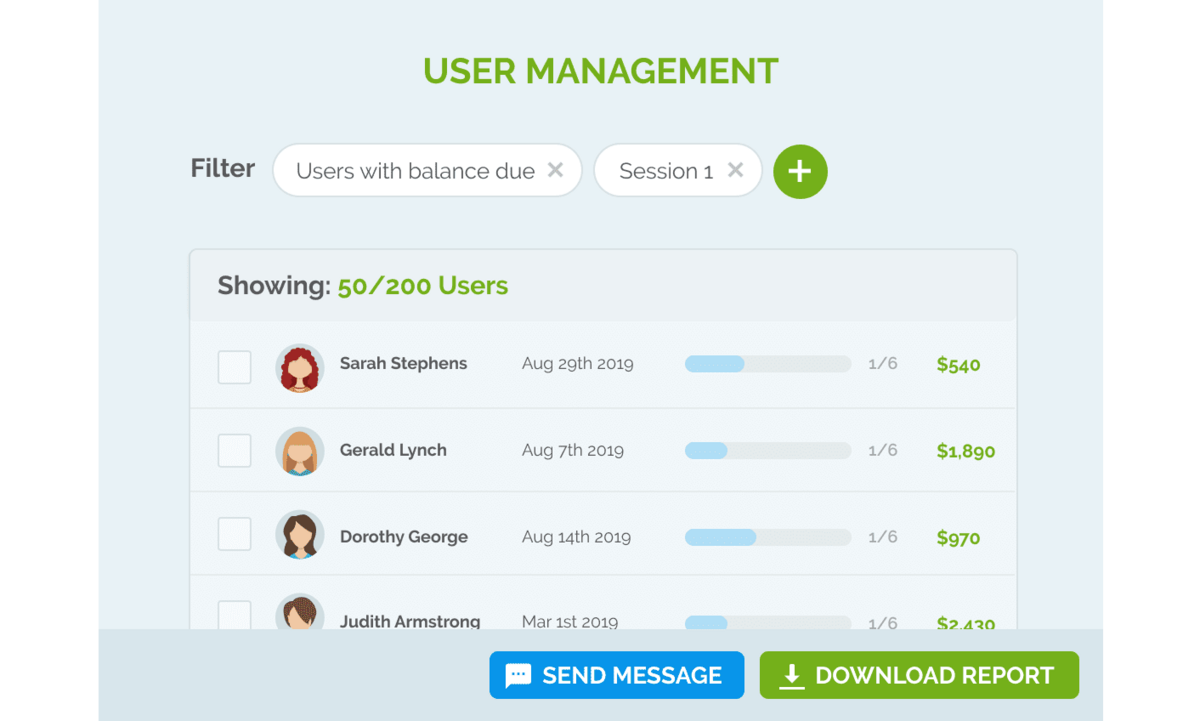
Source: RegPack
You can also make customized reports to analyze a group of factors in a given timeframe and how they compare.
In summary, using reports to make data-driven decisions is a good management strategy because it allows you to accurately identify problems with performance and take the right steps to resolve them.
Conclusion
Managing an after-school program is not an easy job. You need to balance the desires of your staff, the needs of the students and the wants of the parents, all at the same time.
For this reason, it is imperative that you use technology and every available resource to cut down on menial, routine tasks and focus on working on the big picture.
The tips outlined in the article are simple to understand and implement, so you can implement them with ease—and reap the benefits.





